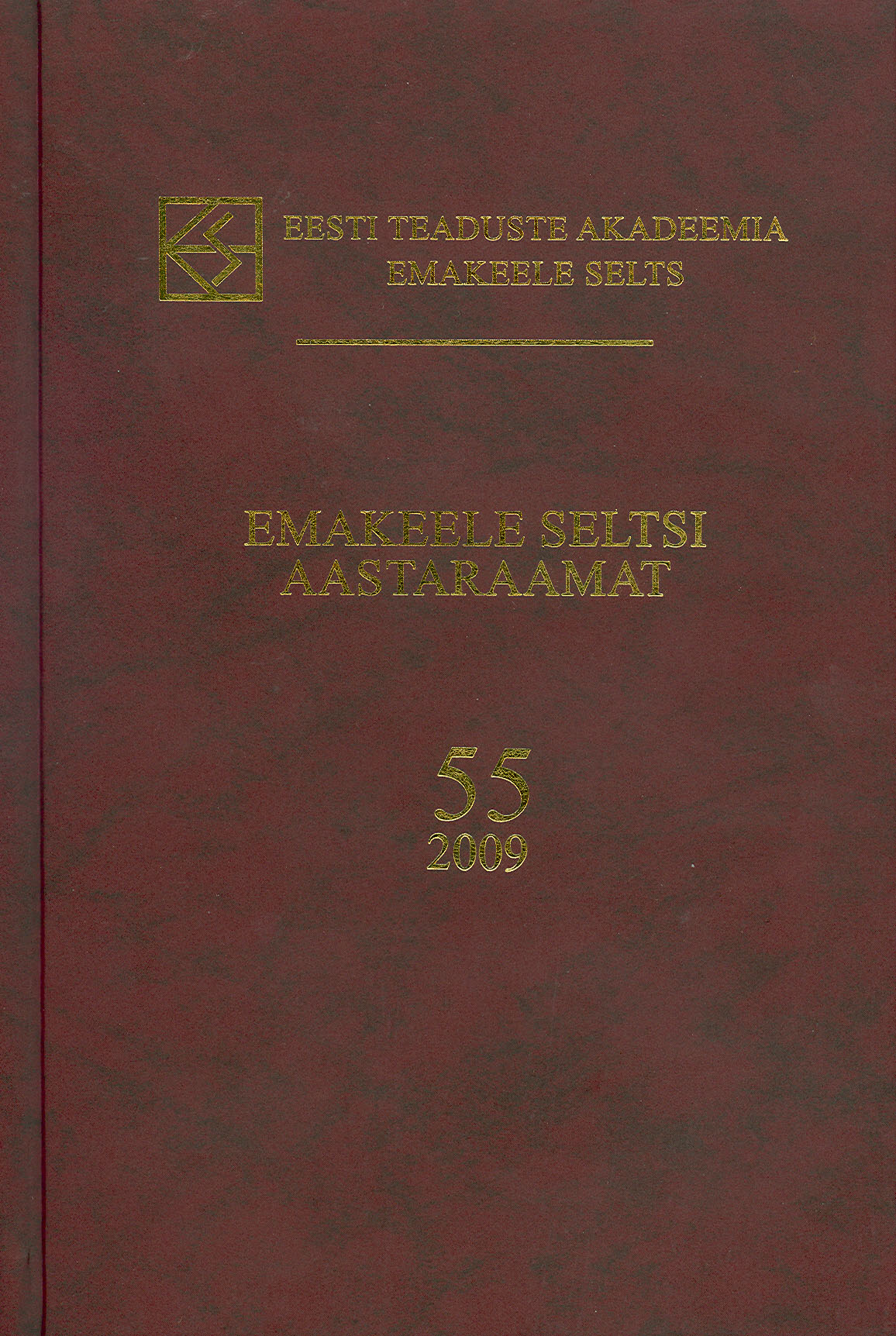XIX SAJANDI EESTI KIRJAKEEL – VAHEKEELEST SULANDKEELEKS
19TH CENTURY WRITTEN ESTONIAN – FROM INTERLANGUAGE TO AMALGAM
Author(s): Külli Habicht, Helle MetslangSubject(s): Morphology, Syntax, Historical Linguistics, Finno-Ugrian studies, Evaluation research, 19th Century
Published by: Teaduste Akadeemia Kirjastus
Keywords: written language; language variation; language contacts; history; morphosyntax; object; verb phrases; future; Estonian;
Summary/Abstract: While in Western Europe the period from the French Revolution to World War I is regarded as the long 19th century − the time of the development of nationalism and the modernization of society, in the countries forming the western part of Czarist Russia similar developments emerged a bit later, from the beginning of the 19th century. Estonia entered the 19th century as a class society, in which the upper class was formed by Baltic Germans and the lower class by Estonians. Germans were also the developers and primary users of the Estonian written language. In the 19th century, the Enlightenment reached the Baltics, societal reforms took place, and the economic situation and educational opportunities of the native population improved. In the second half of the 19th century, the Estonian national awakening began, and the status of Estonians and Estonian in society gradually rose. Beginning from the mid-19th century, Estonian-language texts were written primarily by native Estonian speakers, although their language of education and culture was German.
Journal: Emakeele Seltsi aastaraamat
- Issue Year: 2018
- Issue No: 64
- Page Range: 111-140
- Page Count: 30
- Language: Estonian

